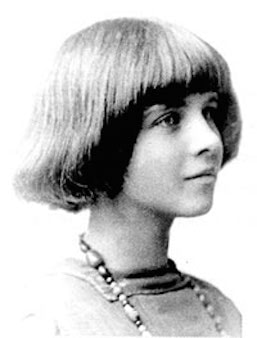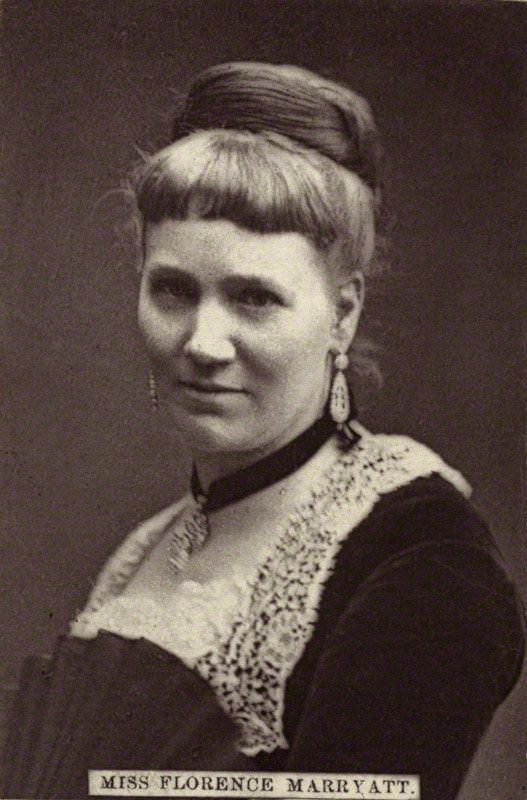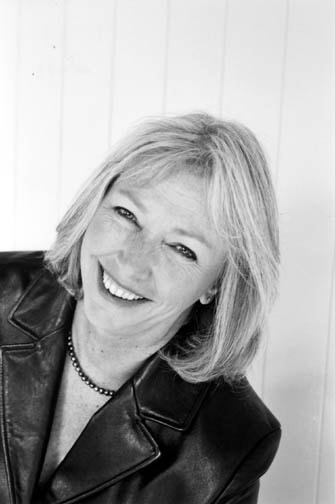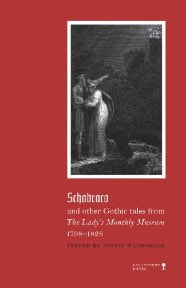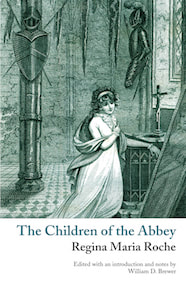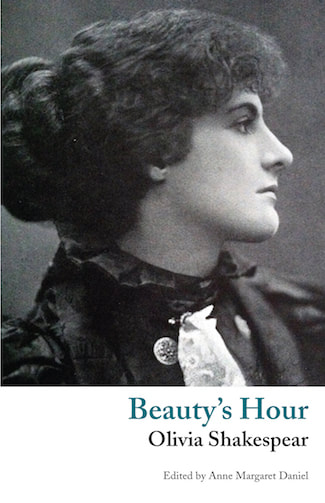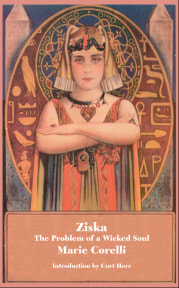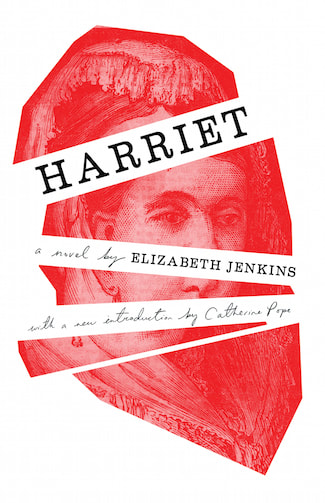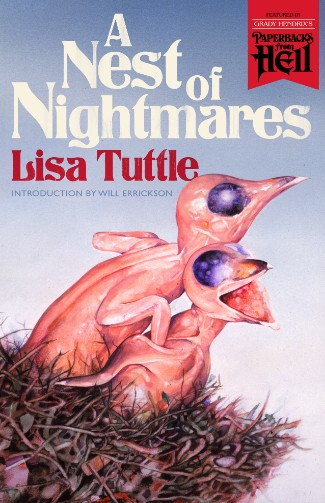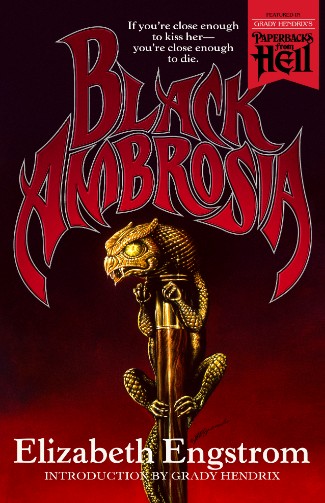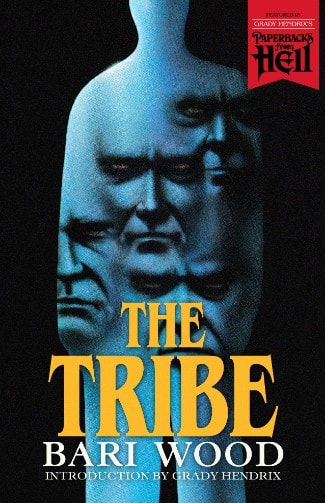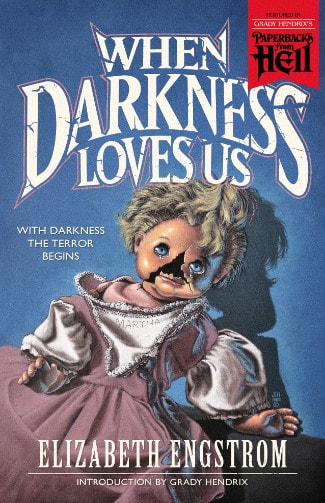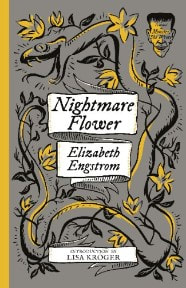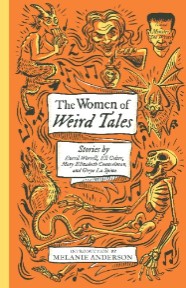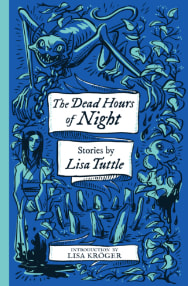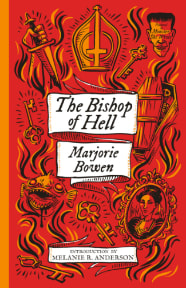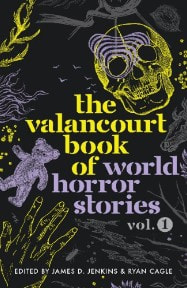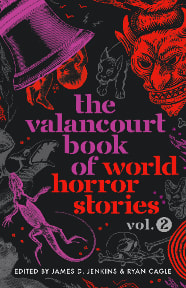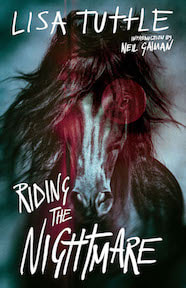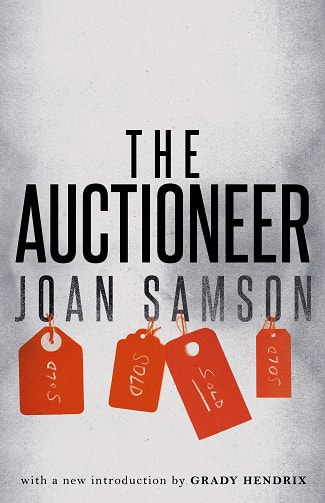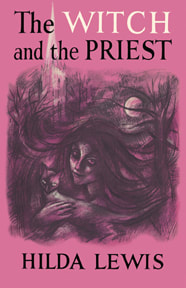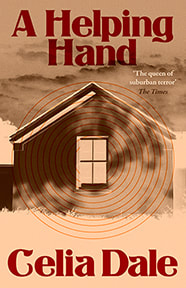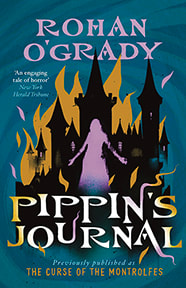WOMEN IN HORROR MONTH
Women have always been at the forefront of the horror genre, from the earliest days of Gothic horror and writers like Ann Radcliffe and Mary Shelley to the great Victorian-era ghost story writers like Mary Elizabeth Braddon, Charlotte Riddell and Elizabeth Gaskell and on into the 20th century with such names as Shirley Jackson, Daphne Du Maurier and Anne Rice, among so many others. Here at Valancourt, we've long been committed to republishing the best neglected works by women horror writers, a few of which we're spotlighting here in honor of Women in Horror Month.
The Beginning - Gothic Horror (1790s - 1830s)
Though Horace Walpole may get the credit for starting the Gothic genre, it was quickly dominated by terrific women writers. Early pioneers included Clara Reeve, with her The Old English Baron (1777) and Ann Radcliffe, whose runaway bestseller The Mysteries of Udolpho (1794) has seldom if ever been out of print. But some of the best and most popular Gothic novels of the day were by women whose names are almost forgotten today (but who deserve rediscovery!) like Regina Maria Roche and Eliza Parsons, both of whom wrote some of the 'horrid novels' mentioned in Jane Austen's Northanger Abbey.
Victorian Classics (1840s - 1890s)
When we think of Victorian horror, books like Dracula, Strange Case of Dr Jekyll and Mr Hyde, and The Portrait of Dorian Gray might come to mind, but in fact some of the most interesting (and often craziest) Victorian horror fiction was by women. Florence Marryat, a firm believer in Spiritualism and the supernatural, wrote fascinating occult fiction like The Blood of the Vampire (1897), while the most popular author of the day, Marie Corelli, featured horror themes in her million-copy bestsellers, books like The Sorrows of Satan (1895), in which Satan returns to modern-day London, and Ziska (1897), which features a reincarnated Egyptian princess. Another fascinating rediscovery is Olivia Shakespear's Beauty's Hour, which reads like a feminist Dorian Gray.
1930s Thrills and Chills
Everyone knows the Queen of Mystery, Agatha Christie, who wrote some of her best books in the 1930s, but it was a busy time for many other women writers of crime, thrillers, and horror, several of whom Valancourt has reprinted. Ethel Lina White (two of whose books were adapted for famous films) delivers a chilling mystery with horror overtones, set in a wax museum, in Wax (1935), while R. C. Ashby's He Arrived at Dusk (1933) also presents a ghostly scenario, and Elizabeth Jenkins finds inspiration for her horrors in real life in Harriet (1934), based on a chilling Victorian murder case.
Paperbacks from Hell
If names like Stephen King, Dean Koontz and Peter Straub topped the '80s horror bestseller charts, some of the most interesting and most enduring work of the paperback horror boom was produced by women. Elizabeth Engstrom's rediscovered classics When Darkness Loves Us and Black Ambrosia are masterful examples of the genre, while Lisa Tuttle's collection A Nest of Nightmares proves she is one of the best horror story writers of modern times, and Bari Wood's bestsellers, like The Tribe (1981), remain fast-paced thrilling reads that will keep readers on the edge of their seats.
Monster, She Wrote
World Horror
Women aren't just responsible for some of the best horror fiction in the English-speaking world; much of the best international horror fiction today is also being written by women. Readers who have enjoyed recent horror releases by big name international authors like Mariana Enríquez and Samanta Schweblin will discover many other great women horror authors in our World Horror volumes, from Spain's queen of the Gothic, Pilar Pedraza, to one of France's premier authors of fantastique, Mélanie Fazi, along with terrific women writers from Ecuador, Ivory Coast, China and elsewhere.
Valancourt Favorites
Some of our other favorite horror titles by women writers are below. Joan Samson's The Auctioneer (1976) is a chilling story of creeping evil in small town America. Historical novelist Hilda Lewis turned her attention to a real-life case of witchcraft in The Witch and the Priest (1956), which has been hailed as one of the best novels on witchcraft ever written. In the 1960s and '70s, English author Celia Dale was known as the 'queen of suburban terror' for her sinister stories in which the evil did not come from supernatural sources but from innocent-seeming acquaintances and neighbors. And contemporary great Lisa Tuttle is still producing some of the best weird fiction out there, as in her most recent collection, Riding the Nightmare (2023).
Coming Soon
And one last title that's coming soon that we didn't want to forget, Rohan O'Grady's modern Gothic novel Pippin's Journal (1962), which features many of the genre's trappings, including a spectral apparition, a secret diary, an ancestral curse, buried treasure, and a 200-year-old crime whose resolution will have effects lingering on into the present day. Preorder now to get it before the Amazon release date.


